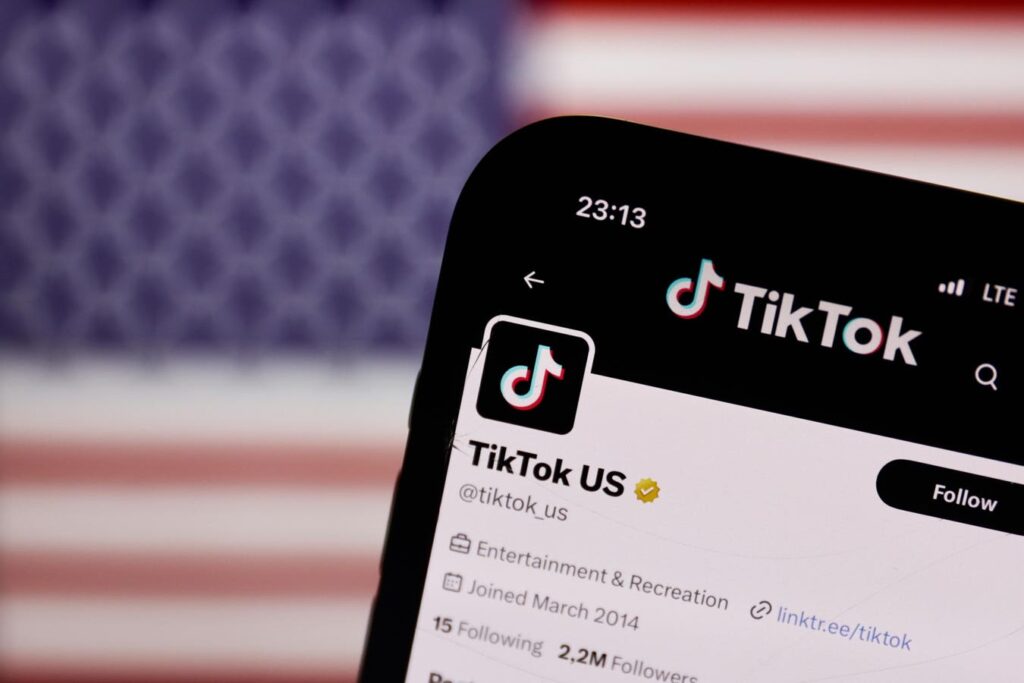
TikTok Ban: How Creators Are Preparing For A Shutdown
As the Supreme Court hears arguments on a law set to take effect before Inauguration Day that could force China-based parent company ByteDance to cut ties with TikTok, creators are bracing for the worst-case scenario. The proposed legislation would effectively ban TikTok in the US, putting thousands of jobs and creative livelihoods at risk.
Uncertainty and Labor
In light of this existential threat, it’s no surprise that TikTok creators are grappling with the precarious nature of their work. As media scholar Mark Deuze notes, a long tradition of research has documented precarious working circumstances across journalism, music, and software industries. This precarity is amplified by the legal and regulatory gray zones that leave them unrecognized as workers.
The labor of professional influencers, content creators, and streamers is often obscured by the romanticized narrative of “work that doesn’t feel like work.” What we don’t see in a 30-second video are the countless hours spent brainstorming, researching, filming, editing content, connecting with audiences, and brokering deals. This hidden labor is a crucial part of their professional lives.
Risk Mitigation
In response to this uncertainty, creators have been forced to diversify their online presence across multiple platforms. This “don’t put all your eggs in one basket” strategy has become an essential survival mechanism. Many TikTok creators are already experimenting with podcasts, newsletters, training courses, merchandise, and other off-TikTok expressions of their cross-platform brand.
However, as attorney Jeffrey Fisher testified before the Supreme Court, this platform conversion is not a seamless transition. The assumption that audiences can easily be transferred from one platform to another is an oversimplification. Platforms are distinct ecosystems with their own cultures, and creators cannot simply migrate their followings overnight.
As TikTok’s fate hangs in the balance, creators face the familiar problem of “borrowed land.” This time, it’s on borrowed time.
Source: www.forbes.com


